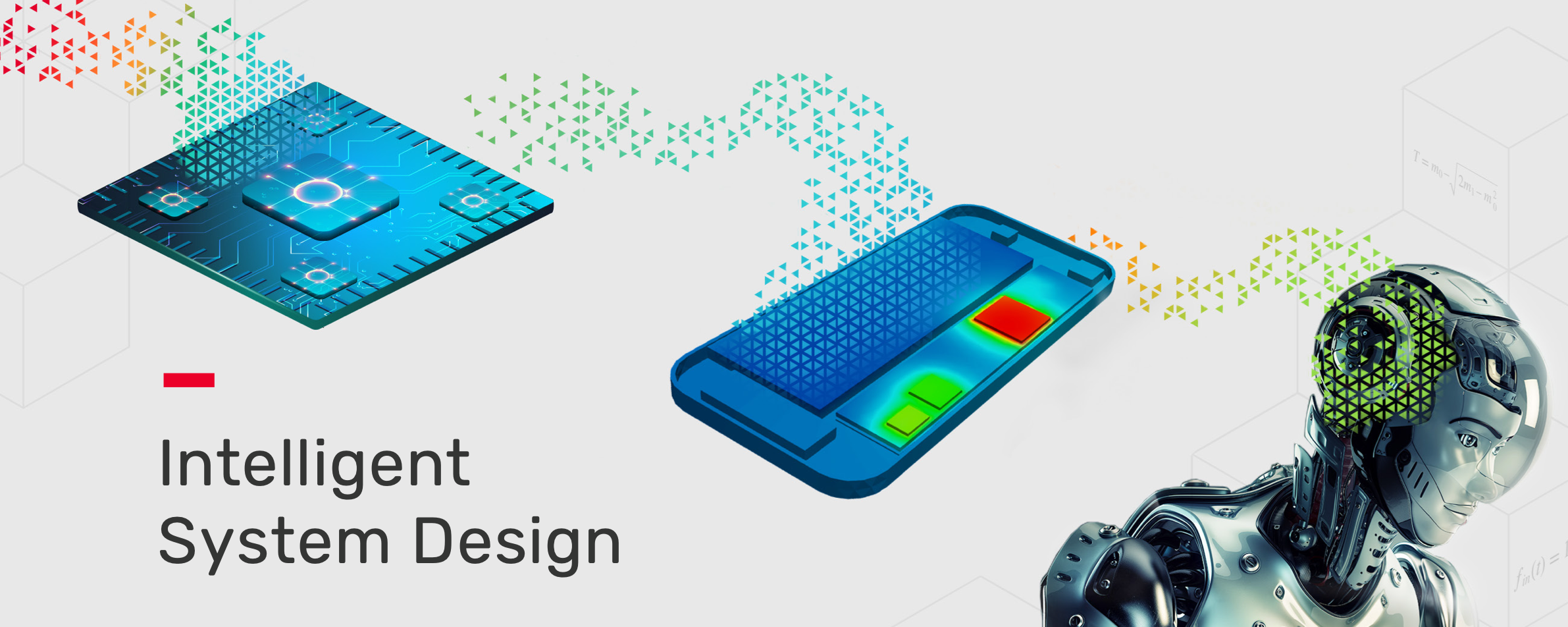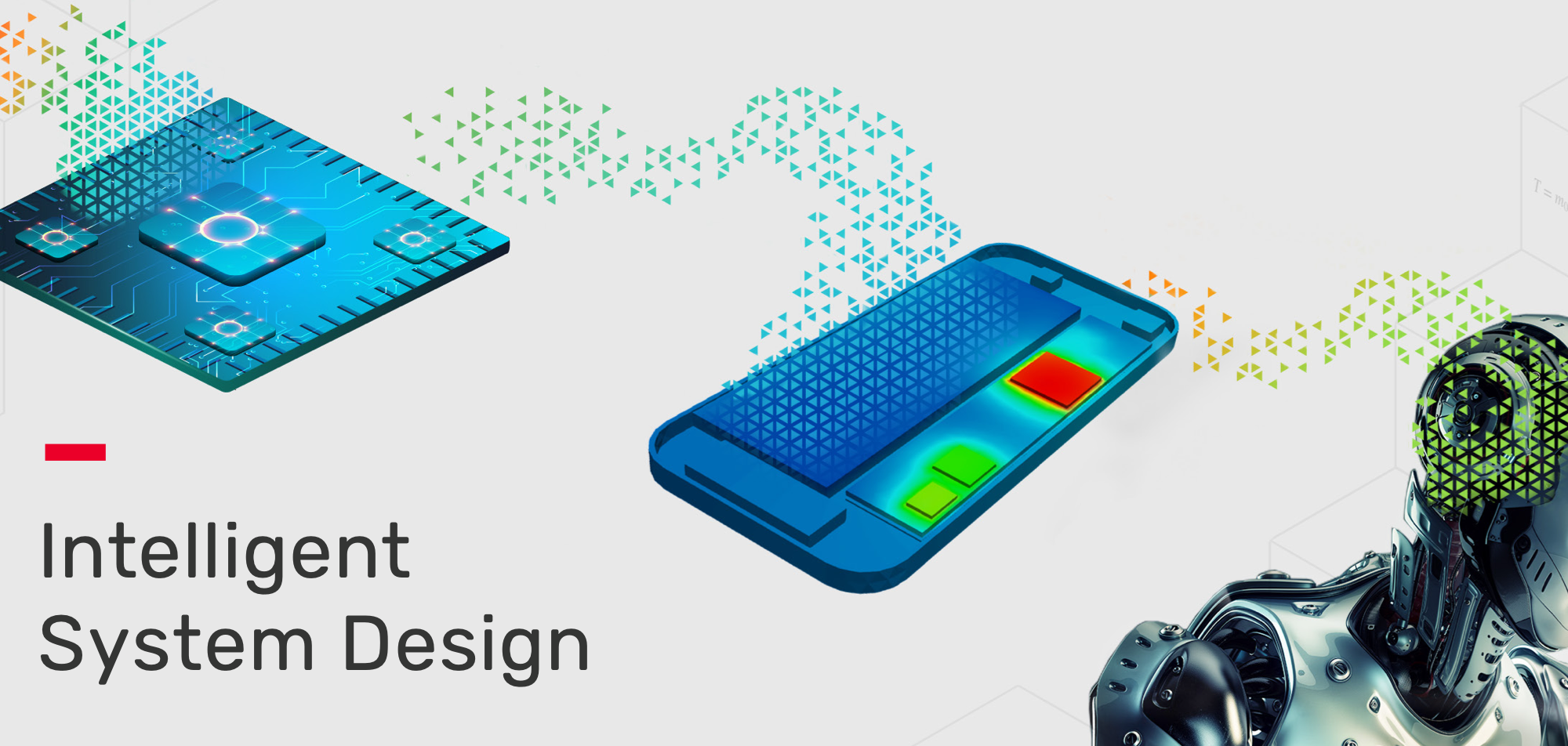Cadence recently published a position paper that details a set of enabling technologies that will be needed for product design going forward. Entitled Intelligent System Design, the piece describes the changing landscape of system design and the requirements for success. Cadence has built a branded approach to address these needs called, appropriately, the Intelligent System Design™ strategy. There is a short discussion of Cadence’s capabilities at the end of the piece, but most of the discussion is a thoughtful overview of what is changing in system design and what needs to be done to facilitate those changes.

I have a few comments and observations about what Cadence is up to, but I’ll hold that until later. The vision conveyed by this position paper is far bigger than any specific product.
In my view, Intelligent System Design hits home in meaningful and relevant ways on many fronts. The piece begins by setting the stage for the current wave of innovation. To effectively compete, system companies are designing their own chips and semiconductor companies are delivering software stacks along with their silicon to enable competitive differentiation.
Cadence decomposes these trends in a hierarchical way, examining the requirements for design excellence, system innovation and pervasive intelligence. You really need to read the paper to get the full impact, it’s only five pages long by the way. To whet your appetite, I’ll provide a quick summary of each the three areas treated.
Design Excellence: The bread and butter of EDA was, for a long time, logic design, logic synthesis, place and route, timing closure, design rule check, test generation and tapeout. While those items are still necessary, there is now a lot more to deal with. Process variation, IP reuse, power and signal integrity, software interactions and complex system validation are just some of the new requirements that must all be co-optimized to achieve a successful tapeout. Cloud computing factors into the discussion as well.
System Innovation: Co-optimization comes into play here as well. A successful SoC must be analyzed and optimized in the context of the system for which it is intended. The PCB and the complex and potentially 2.5 or 3D package must be co-analyzed and optimized along with the chip itself. There are plenty of signal integrity challenges to addresses here. Software is also part of system innovation. To make it more interesting, design teams must develop the software for a new SoC before the SoC exists.
Pervasive Intelligence: Deep learning is finding its way into all kinds of everyday products. The challenges to accomplish the design-in of this technology may not be as well known. Power and latency are requiring a lot of these new technologies to be resident in a more local sense, at the edge of the cloud if you will vs. in the cloud. Doing this in a cost-effective way is very challenging. It turns out EDA tools and design flows can be improved to make deep learning design easier by using deep learning in the design process itself. Something of a recursive process.
The Cadence strategy: At the end of the paper, Cadence briefly discusses their strategy to address the three areas mentioned above. You can certainly learn a lot more about their approach by visiting the Cadence website. There’s lots of new and fresh content there.
In closing, I want to touch briefly on the third item, pervasive intelligence. This is an area where I believe Cadence is truly practicing what they preach. I recently posted a conversation with Cadence’s Paul Cunningham on machine learning at Cadence. In it, Paul detailed the Cadence vision of how machine learning can be used to both improve EDA algorithms and leverage learning from prior runs to make the flow better for future runs. Soon after that discussion, Cadence issued a press release about their new digital full flow. That flow uses machine learning in the ways Paul described. Having a good strategy is important. Actually, using it is also important, but often difficult.
I think Cadence expresses some great visions in this new position paper, visions that can be implemented thanks to the technology available today. I’ll keep watching as this unfolds.
Share this post via:






Comments
There are no comments yet.
You must register or log in to view/post comments.